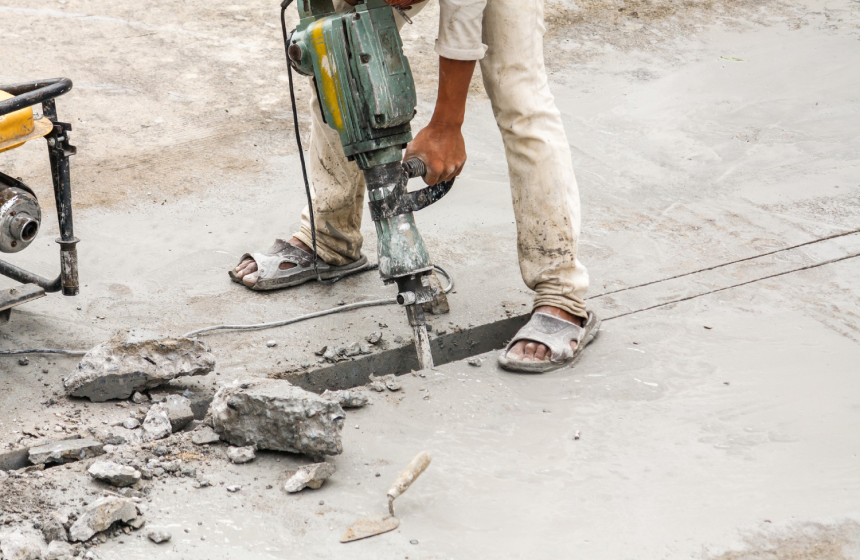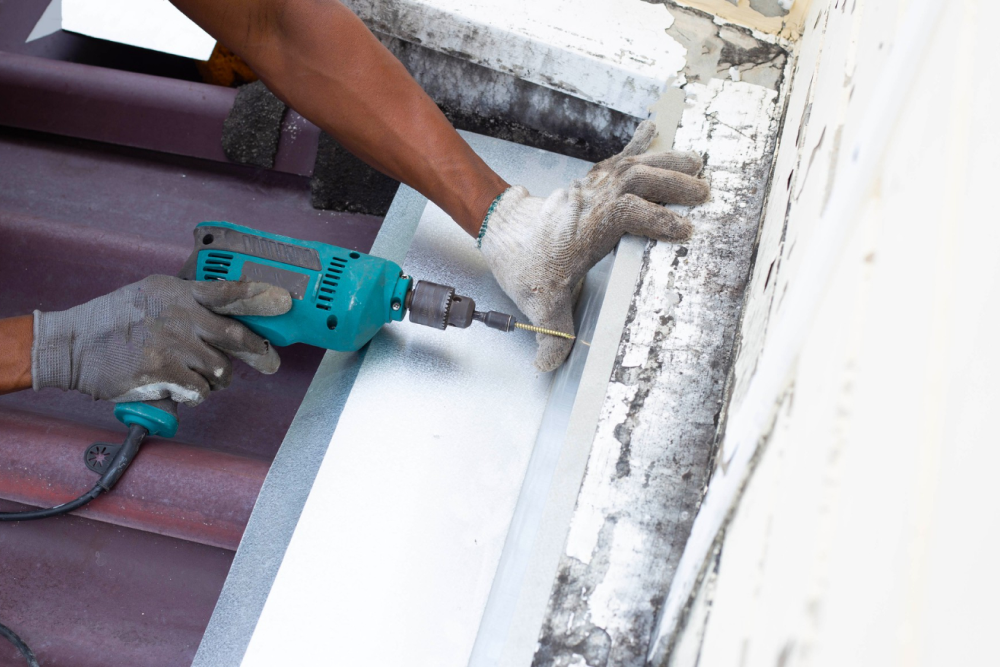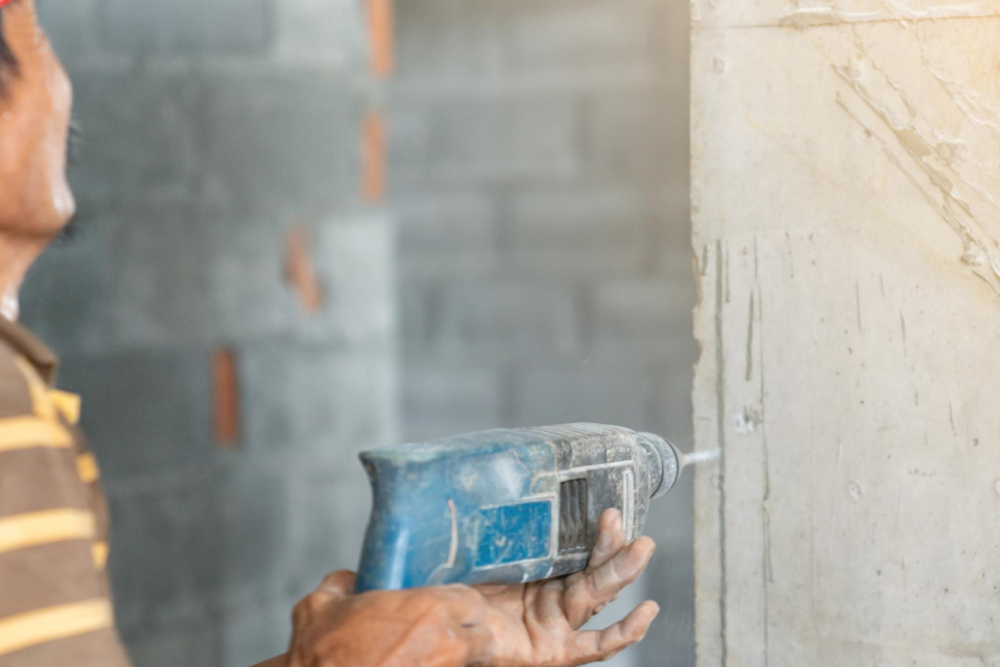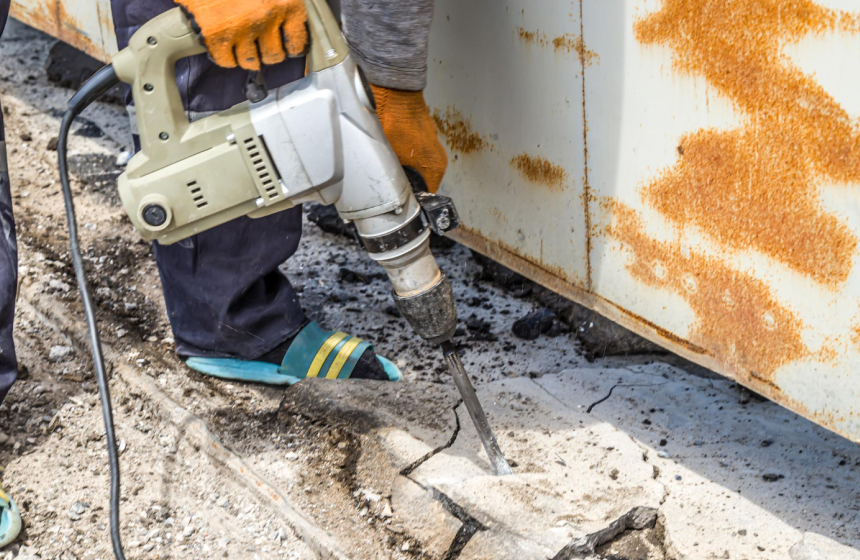Concrete Repairs

Increased concrete repair activities due to durability failure are associated with escalating impacts on the environment and society worldwide. Concrete repair and rehabilitation activities contribute to natural resource depletion and produce massive amounts of CO2 emissions and inert waste. In addition, the repair activities affect society negatively due to noise and air pollution and lead to user inconveniences. It is clear that if no action is taken, an increase in concrete repair activities with time will cause an escalation of concrete’s environmental damage through depletion of the natural resource base, and pollution. Engineers have a role to play in designing eco-efficient repair systems that attain specified performance levels in terms of strength, durability, costs, and carbon footprint to respond to the design requirements.
Proper mix design is critical to a successful concrete surface repair. The repair material must be compatible with the existing structure, the placement method, and the owner’s needs.
While the responsibility of specifying and designing the mix typically falls on an engineer or supplier, contractors play a large role in choosing the mix design. To choose a mix that will produce a quality repair and be economical, understanding the components and the properties of various mixes is critical. Drying shrinkage, compressive strength, and constructability all must be considered when designing or choosing a repair material.


Drying shrinkage
For most concrete repair work, one primary need is no or very low drying shrinkage of the repair material. As water leaves the repair material through evaporation or absorption into the existing concrete, the repair material loses volume.
This drying shrinkage may cause the repair to crack. Cracking can significantly reduce the durability, load-carrying capacity, and life of the repair. Be aware that testing results documented in the International Concrete Repair Institute’s “Guide for Selecting and Specifying Materials for Repair of Concrete Surfaces” shows many repair materials demonstrate high levels of drying shrinkage.
Aggregates
Aggregates can be used to reduce the cost and shrinkage of repair materials. Use course (large) aggregates for any repair over 2 inches deep. Aggregates are less expensive than cement. The higher the proportion of aggregate in a mix, the less cement there is. But include enough cement to achieve the desired compressive strength.
More importantly, as the repair dries, aggregate doesn’t shrink the way cement does. The higher the proportion of aggregate, the less the repair material will shrink. To maximize the amount of aggregate in a repair material, a range of aggregate sizes are combined to occupy as much space as possible. This is called “well-graded aggregate.”
The largest aggregate of this range should be as large as practical. One large piece of aggregate can occupy a greater proportion of the repair material mix than two smaller pieces that combine to take up the same space. This is because the one larger piece has less surface area that must be covered with cement than the two smaller pieces.

Aggregate can reduce the drying shrinkage of ready-mix and proprietary bagged mixes. Follow manufacturer recommendations for the ratio of aggregate that can be added to their repair material.
Factors limiting the maximum size of aggregate in a repair material include:
Different pumps can handle different aggregate sizes.
Aggregate must be small enough to flow around rebar when pumped or poured into forms.
Its size can affect the ability to trowel- finish repair materials. The largest aggregate shouldn’t be larger than one-third of the repair area depth.
Self-priming bond
While working to reduce the amount of water in your mix, the repair material should be self-priming. If the mix is too dry, it won’t bond to the existing concrete without the added complication of bonding agents. High-range water reducing admixtures help keep the mix fluid enough to bond while also keeping the water-cement ratio to a minimum.
Brandon Emmons is program director at Structural Preservation System, Hanover, Md. Email bemmons@structural.net
More Information at WOC
Attend the Concrete Repair seminars at World of Concrete for more on mix designs and other critical aspects of concrete repairs.
Contact Info
- info@alimezaini.com
- +971 3 767 4602
- Al Ain, UAE
Get In Touch
Contact Info
- info@alimezaini.com
- +971 3 767 4602
- Al Ain, UAE


